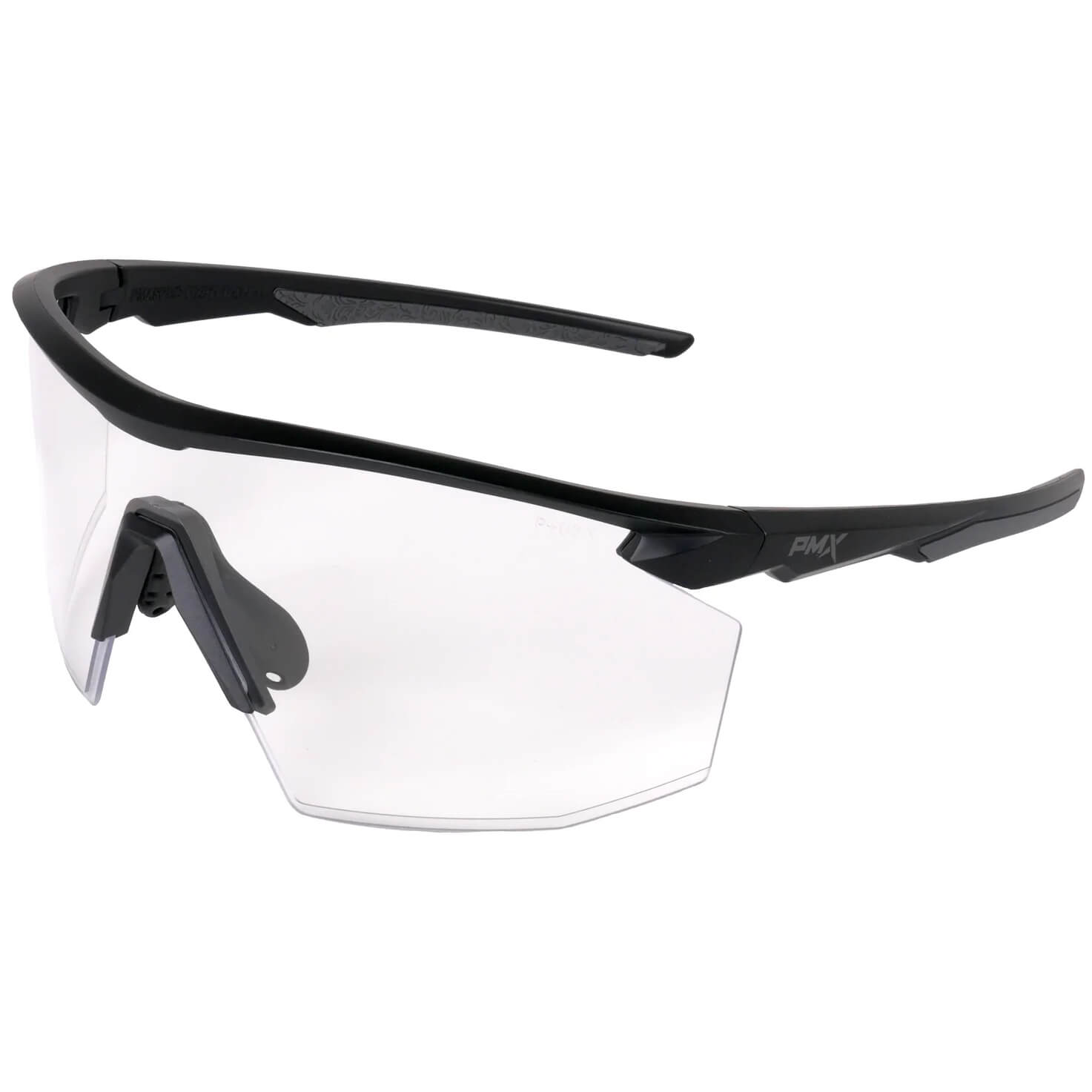Blue lens tints look cool and protect against UVA and UVB rays. They also provide excellent visibility during moderate sunlight and in hazy, foggy, or snowy conditions. An added benefit is enhancing the natural blue of the water and the sky in any situation.
Beyond fashion and visual enhancement, however, lies two particular applications where blue lens tints are highly beneficial. First, they reduce fatigue from yellow light and help with some difficult-to-treat illnesses.
Blue Lenses for Reducing Yellow Light
Blue lens tints are used in safety eyewear in some industrial applications to reduce the impact of yellow light and excessive glare. One prominent example is sodium vapor lighting, which is seen in:
- The semiconductor industry
- Food processing plants
- Street lighting and lighting for highways and airfields
- Lighting for indoor plants because it doesn't produce a lot of heat and is relatively inexpensive
- Maturing of wines since other light causes them to age prematurely
- Garage and warehouse lighting to ensure safety by eliminating shadows
A blue lens also helps in high-heat furnaces, metalworking, and glassblowing applications where bright yellow light is present. The yellowish light and glare can fatigue eyes; a blue lens can counteract that effect.
Blue Lenses for Medical Treatment
You may have seen Johnny Depp in his blue-tinted lenses and thought they were a fashion statement. Fans of Depp know, however, that he struggles with vision problems, and blue lenses help. Others are also discovering this benefit, and it's nothing short of life-changing.
Depp is open about his struggles with his eyesight, though he's not disclosed a specific diagnosis (New York Daily News). Others, like Jake Simons, know that Meares-Iren syndrome (visual stress) causes his vision problems.
"About 10% of people with dyslexia are thought to have visual stress. Symptoms can also appear in people with autism, ADHD, migraine, photo-sensitive epilepsy, and multiple sclerosis, as well as stroke victims." (Why Johnny Depp and I see the world through blue-tinted spectacles)
Specific vision patterns, both printed and electronic texts, cause visual stress. While symptoms vary by patient, Simons experiences dizziness, discomfort, nausea, and shooting eye pain when he's not wearing his blue lenses.
Studies examining tinted contact lenses further show the benefit of blue tints for epilepsy patients with photosensitivity.
"Blue lenses have been shown to suppress the photo paroxysmal response more effectively than do lenses of other colors…" (Tinted Contact Lenses for Wavelength-Specific Treatment)
Blue lens eyewear has the potential to help many people in significant ways.
Blue Lens Safety Eyewear
A good selection of blue lens safety eyewear is available to fit many applications. They're inexpensive, with most coming in under $10. Options include:
- Pyramex Ever-Lite with Infinity Blue Lens – Provides complete side protection in a contemporary metal frame with temples that adjust to fit all facial sizes.
- MCR Law 2 with Light Blue Lens – A rugged yet lightweight wraparound style with a dielectric frame designed for protection and comfort.
- Uvex Hypershock Safety Glasses with SCT Blue Hydroshield Anti-Fog Lens – A lightweight, modern style that is dielectric and sporty, suitable for indoor and outdoor applications.
Finding the right blue lenses for medical reasons will likely involve consultation with an optometrist or a condition-related specialist. On the other hand, finding the right lens for safety applications is, fortunately, simpler. Regardless, for many people, a blue lens in their eyewear can be life-changing and worth any effort.
Want to know more about lens tints?
Check out our article answering the question, "How Do You Choose the Best Lens Tint?"







